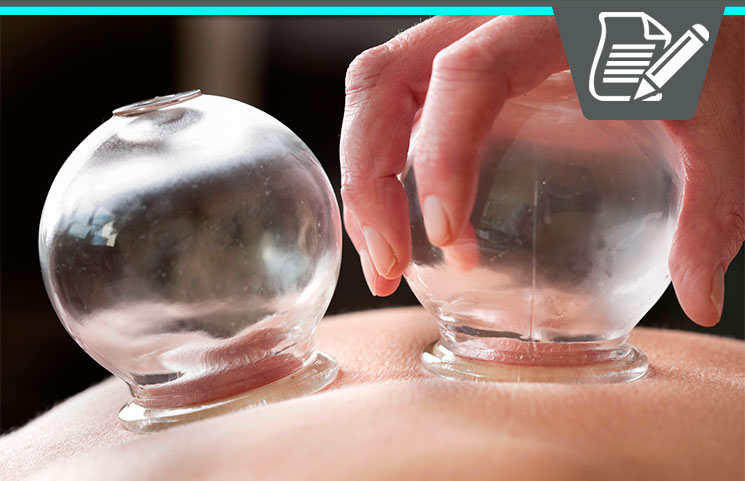5 Fast Facts You Need to Know About Rio Olympic Athletes Cupping Therapy
If you’ve been watching any of the Rio Olympics the last few days, then you may have noticed athletes with weird marks on their backs.
These marks are from “cupping” therapy, an ancient Chinese medical treatment that purportedly has powerful health benefits.
Cupping isn’t being used by the Chinese Olympic team. Instead, it’s been most commonly seen on US athletes like Michael Phelps.
How does cupping therapy work? What are the benefits? Let’s take a closer look with 5 fast facts you need to know about the cupping therapy being used by athletes in the 2016 Olympic Games in Rio de Janeiro.
It’s Primarily Used by US Olympians
You might think that the Chinese Olympic teams would be the first ones to use ancient Chinese medicinal techniques.
However, cupping isn’t really being seen on Chinese athletes or athletes from other Asian countries. Instead, it’s primarily being seen on US Olympians.
LaShawn Merritt, for example, recently recorded the top time in the world this year in the 400 meter swim with visible cupping marks on his body. Michael Phelps has also been spotted with suction cup marks.
How It Works
Cupping involves a process similar to the action of a suction cup on a wet window. When you apply a suction cup to a wet window, it stays there and creates suction underneath.
Similarly, cupping creates a vacuum that lifts the skin up in that space, creating a lift of all the soft tissue beneath.
The longer you leave that cup in place, the more fluid gets drawn into that area of the body. It increases blood flow to the area, which comes with all sorts of health benefits.
There are actually different types of cups and cupping techniques. Dry cupping, for example, involves using cups that tug at the skin without breaking it.
Some cupping procedures involve using mechanical devices – like hand or electrical pumps – to create suction. Others use fire cups, which use heat to increase suction.
Wet cupping is a little more intense. With wet cupping, a therapist will puncture the skin using a toothbrush-like device that uses tiny spikes instead of bristles. These spikes break the skin, causing the suction cups to slowly fill with blood.
Why It Discolors the Skin
The reason cupping discolors the skin is because it breaks up capillaries on the surface of your skin. That’s why athletes have been seen with cupping spots all over their bodies. There’s an increase to blood flow in the area and the capillaries on the surface break down.
The discoloration can last about a week.
Despite the weird marks, the procedure is reportedly perfectly safe.
Why They Do It
One US-based trainer cited by USA Today claims that the objective of cupping is “sort of flossing the soft tissue as we glide up and down and across the muscle tissue.”
That coach claims it increases motion and gets rid of subtle tissue lesions within certain areas of the body.
Other benefits include faster recovery times after athletic performance along with increased muscle movement.
There’s a Little Scientific Evidence Supporting It
There’s little scientific evidence that cupping provides any health benefits – although the same can be said for virtually every traditional Chinese medicine practice. Most of these procedures lack Western scientific evidence, but many people continue to swear by them.
One of the few high-quality major studies on cupping was performed in 2014 by the Beijing University of Chinese Medicine. That study revealed that cupping therapy has a “potential positive short-term effect” in terms of reducing the intensity of pain. Researchers in that study compared cupping to no treatment, heat therapy, and conventional pain killers.
Another study published in 2012 reviewed over 135 controlled clinical trials performed around the world. Researchers in that study found that cupping therapy – when combined with treatments like acupuncture or medications – provided “significant benefits over other treatments alone in effecting a cure” for conditions like shingles, acne, facial paralysis, or age-related wear and tear of spinal discs. Unfortunately, authors in this study found that 85% of the reviewed studies displayed or were at risk for displaying significant bias.
Ultimately, cupping is clearly a popular treatment among athletes at the Rio Olympics in 2016. We’ll see if athletes who undergo the procedure do any better in their events. Although judging by Michael Phelps’s performance on day 2 winning gold, cupping certainly appeared to work for him.









